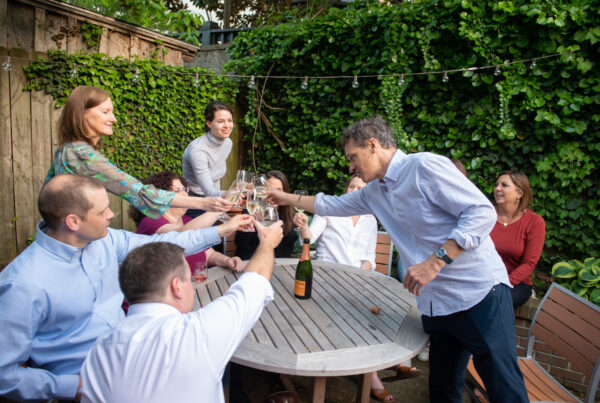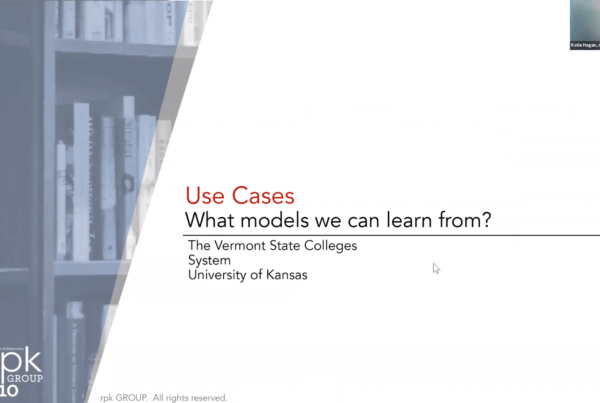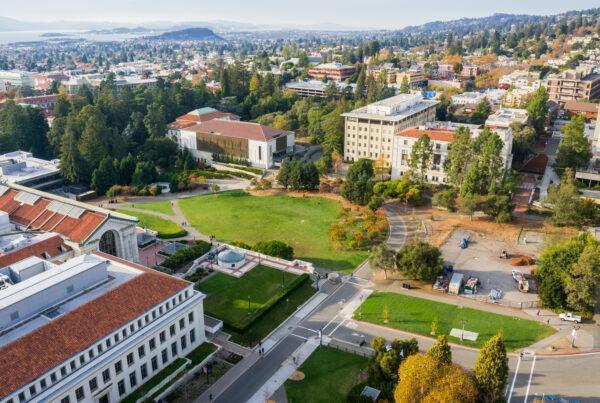The 405, the 10, 210 and 101. These are just some of the California highways I recently traversed during a busy 48 hours in L.A. with my teen.
We squeezed in a few tourist highlights—the Griffith Observatory (an unexpected teen favorite) and In-and-Out Burger (an expected one)—but our real mission was four college visits in two days. And 45,000 steps later, we had seen many well-manicured lawns, libraries, and LEED certified buildings.
My new and unfamiliar role as a parent consumer of higher education sometimes feels like a stark departure from my daily work with colleges looking to sustain and scale student success initiatives. Understandably, our campus tour guides touted the usual stats: small class sizes, vast research, internship, and study abroad opportunities, and hundreds of funded clubs (the ‘Lettuce Eating Club’ is as widespread as it is odd). Affordability and student success metrics appear to be less compelling pitches to teens.
But parents and students should know that many colleges, universities, systems, and foundations are deeply invested in improving affordability and student outcomes.
My rpk GROUP colleagues and I continue to work with campuses to develop sustainable business models that reduce cost pressures on prices. We also help them identify promising programs and student success initiatives to retain and then graduate students who are prepared for jobs.
So far this year, we’ve collaborated with clients and colleagues to address questions such as:
- How can colleges lower the cost of course materials for students and also measure the benefits to students and institutions? (See our work with MHEC in their April 2022 report.)
- How can colleges create financially viable emergency aid programs to retain students in crisis?
- What programs should our college and university clients invest in to ensure their students are well prepared for local employment opportunities?
- How can colleges cultivate stakeholder support for short-term internships and credentials that are accessible to economically and racially diverse students?
- How can community colleges scale and sustain approaches to enroll diverse adult students?
As we continued our college tours back on the East Coast, albeit at a slightly less frantic pace, I looked up one afternoon to see a campus building prominently labeled ‘Student Success Center.’ I was elated to finally see a connection…and have a chance to sit down.
Wishing you all the best at the close of the academic year!



